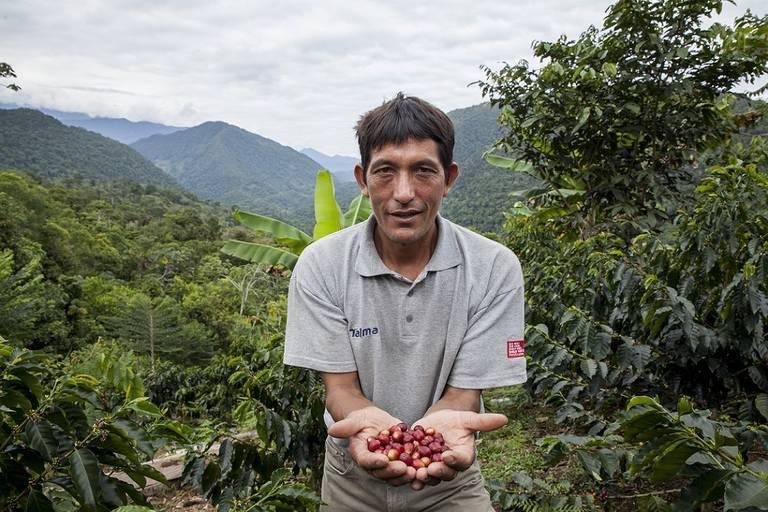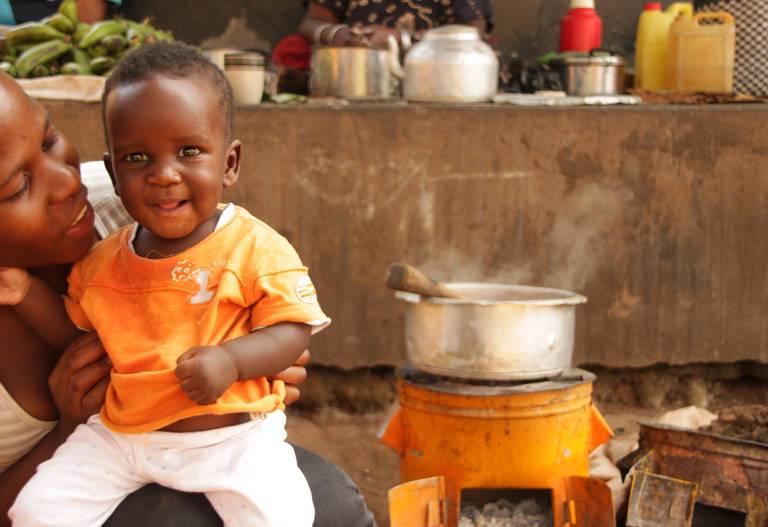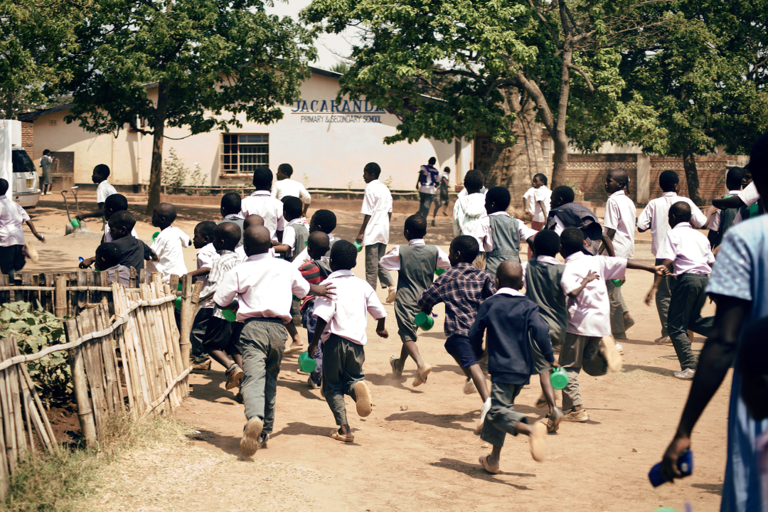Cool Effect’s Smart Vision of How to Improve the Planet – One Carbon Credit at a Time
By Jan Lee
Originally published on TriplePundit
Today, the expressions “carbon credit” and “carbon offset” are almost household expressions. But do most of us know what they are? We often (mistakenly) think of carbon credits as relating only to companies, and big companies at that, that are compelled either by government regulations or consumer pressure to cut their carbon emissions.
Yet as Marisa de Belloy, CEO of non-profit Cool Effect explains, companies aren’t the only ones that are working to address their greenhouse gas emissions. Individuals and families are now undertaking this goal as well.
Of course, before delving into why consumers are being encouraged to get involved, we figured it would be best to learn what a carbon credit is.
“A carbon credit is a unit of currency,” explains de Belloy. “When a carbon project proves to a group of scientists that they are keeping harmful gas from entering the atmosphere, they are rewarded with a carbon credit.” That is, one tonne of carbon reduced from the atmosphere equals one carbon credit.
That’s the baseline that organizations like Cool Effect use when calibrating what it will take to cut carbon emissions in a particular industrial sector, global region or project. But it isn’t the end of the story. What defines the actual price of carbon is the goal being undertaken. And Cool Effect’s various projects, which are spread across the globe, are an excellent example of how that varies.
“Not all projects are utilizing the same technology or are in the same country,” de Belloy explained, “therefore, carbon credits will be priced differently based on the specific carbon pollution reduction efforts they are succeeding in. For example, at Cool Effect, a carbon credit purchase to support a project in Uganda to help install efficient cookstoves costs $6.04 per tonne, however, the price for one carbon credit for a project supporting renewable energy in Costa Rica is $8.79.”
The same is true for Cool Effect’s efforts to save Madagascar’s Makira rainforest. The $9.89/tonne for this project is based on the efforts to establish sustainable livelihoods like ecotourism, beekeeping and sustainable fish farming that can justify the protection of the forest’s important biodiversity.
de Belloy stressed that the monetary amounts aren’t “made-up numbers. Each project requires different circumstances for them to efficiently reduce the carbon they set out to reduce, so people can be assured their money is verifiably reducing the emissions at that particular project.”
Part of that verification process lies in how Cool Effect selects the projects it is going to host on its platform, a “triple-verified” process, said de Belloy that is designed to meet one of the global standards for carbon offset programs: either Gold Standard, Verified Carbon Standard, Climate Action Reserve, American Carbon Registry, or the United Nation’s Clean Development Mechanism. Each impartial standard carries its own set of eligibility requirements.
Once verified, “[each] project is then independently verified by a third-party verifier that must also meet a set of standards, such as those required by the United Nations Framework Convention on Climate Change.
“Finally, Cool Effect completes its own extensive verification and financial analysis on each project. Each step is then repeated periodically to ensure continued excellence.”
The Qori Q’oncha-Improved cook stove project in Peru, for example met the requirements of Gold Standard carbon credits. The cookstoves received a sustainability certification from Tuv Rheinland. It’s also validated by Cool Effect’s third-party research team and rated for its ability to address United Nations Sustainability Goals, like eradicating poverty, increasing good health and supporting the supply of affordable energy.
The Makira rainforest project, on the other hand, is qualified for Verified Carbon Standard and the CCBA, a certification that verifies societal benefits at the project, and validated by Rainforest Alliance. Like the Qori Q’oncha improved cookstove project, it addresses a host of UN Sustainability Goals by helping to elevate the living standards and opportunities of underserved communities in a sustainable way.
A cornerstone of Cool Effect’s program, said de Belloy, is its adherence to what is called “additionality.” In simplest terms, that means that projects that are selected for its portfolio are only ones that would remove additional carbon from the atmosphere beyond what could be expected to be removed by another means, for example government regulatory guidelines, a profit incentive, or other methods.
“If a business can make money from the activity, for example, composting, collecting methane, or preserving a forest – even if that activity is good for the environment, we assume the activity would happen anyway, without carbon credits, and so it doesn’t qualify as additional,” says de Belloy. “Cool Effect projects only exist because of the funds they can raise through carbon credits on Cool Effect and elsewhere.”
“Additionality is a way of ensuring that carbon is actually and verifiably removed from the atmosphere,” explained de Belloy.
The organization’s motto, “Carbon Done Correctly,” said de Belloy, speaks to its commitment to ensure that only the projects that are verifiably reducing carbon get funding.
“[We] have handpicked only a small group of projects that meet the highest standards in terms of additionality, permanence, and accountability. ‘Carbon Done Correctly’ is validated by everything that Cool Effect does – from our projects, to our communication, to our full transparency,” said de Belloy.
But it’s also a reflection of Cool Effect’s other philosophical perspective, that today’s push to reduce greenhouse gases doesn’t have to be ho-hum or tedious.
“All of the projects on our platform have something that makes them unique and interesting in their own right,” with backstories that often appeal to the supporters that endorse them. A project that helps save a half-million acres from deforestation in Peru is also a story about how a community’s livelihood was uplifted by sustainable farming methods.
“When we see the local benefits that these projects have in their communities, that is always extremely rewarding. A team recently visited the wind power project in Costa Rica where they met with one of the staff members who has had a much better quality of life since working for the project. It’s rewarding to be able to see the direct benefits of the project, such as job creation, and the members of the community making the connection to the benefits their work is having on the environment.”
Those wins, said de Belloy, are just as much a part of Cool Effect’s vision as saving the planet, one carbon credit at a time.
Images courtesy of Cool Effect.
Jan Lee is a former news editor and award-winning editorial writer whose non-fiction and fiction have been published in the U.S., Canada, Mexico, the U.K. and Australia. Her articles and posts can be found on TriplePundit, JustMeans, and her blog, The Multicultural Jew, as well as other publications. She currently splits her residence between the city of Vancouver, British Columbia and the rural farmlands of Idaho.




